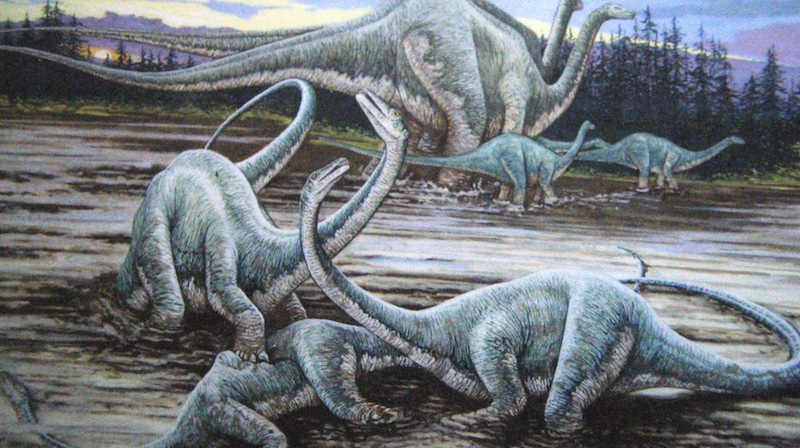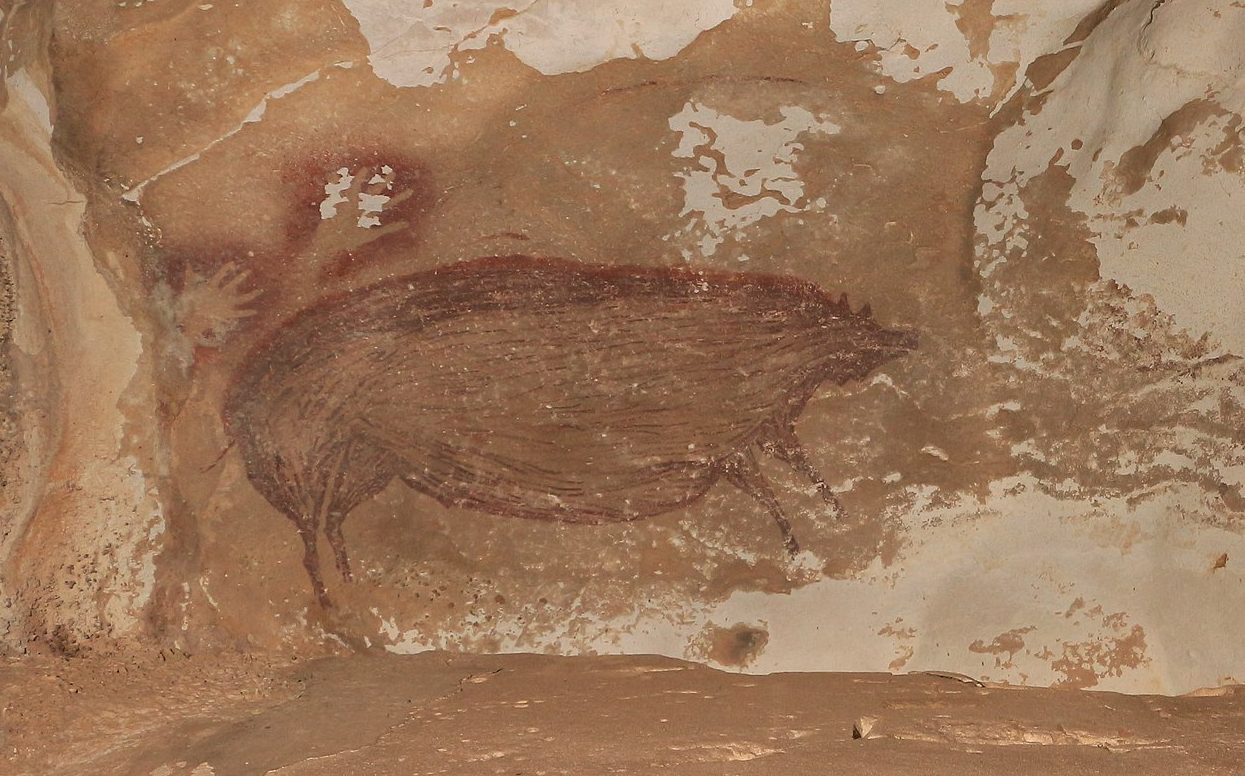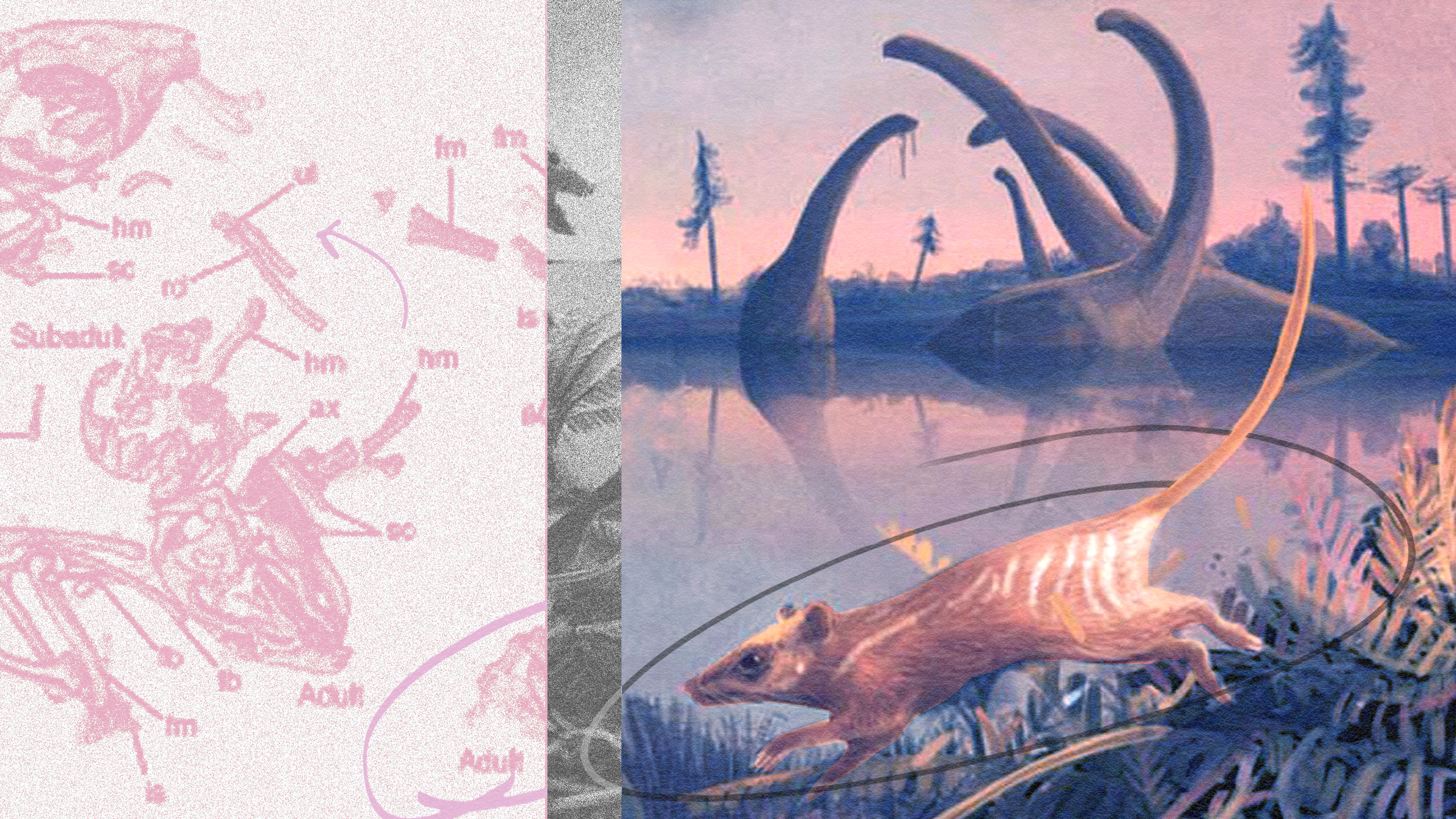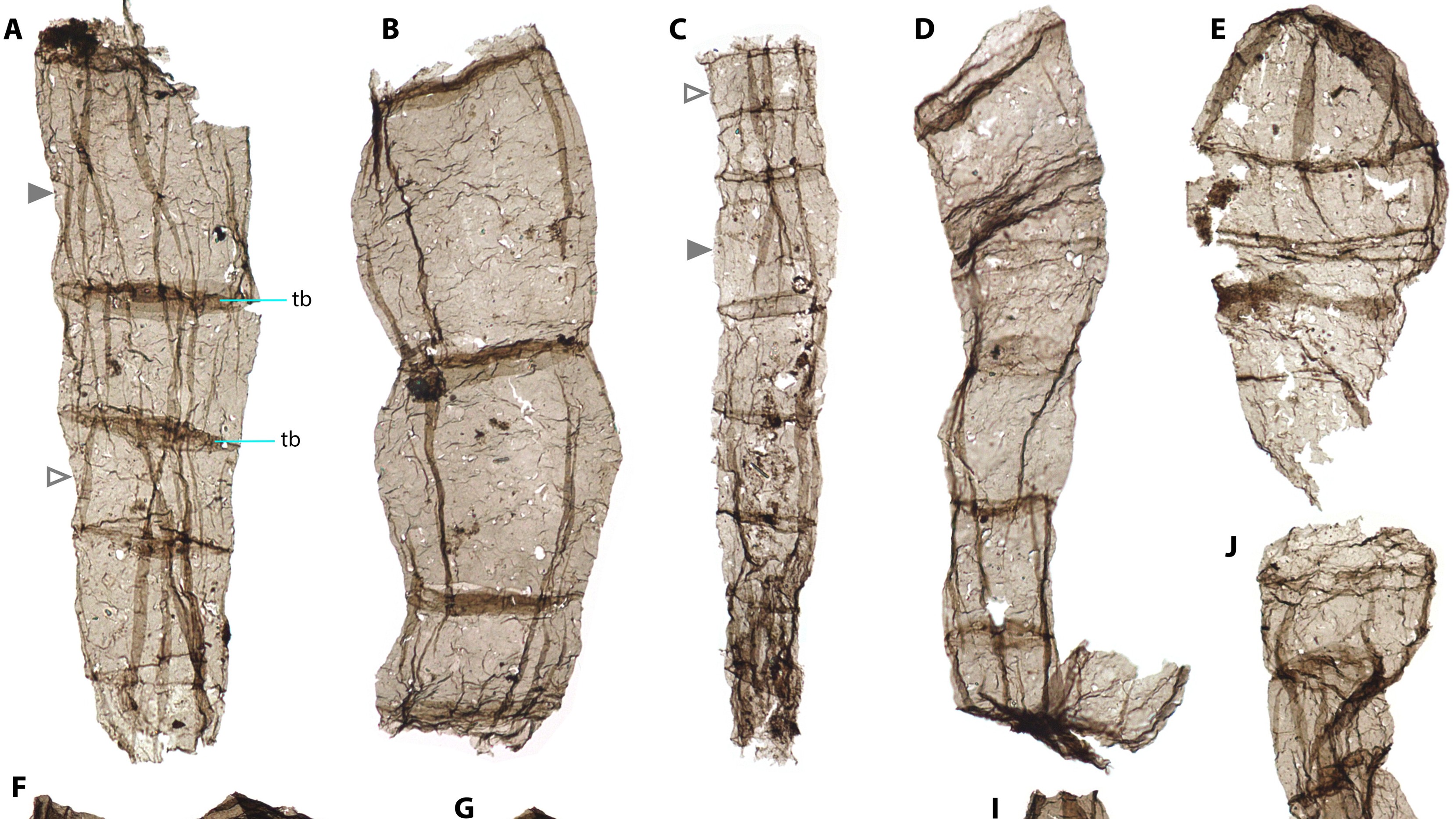Dinosaurs lived in social herds 193 million years ago

- A massive fossil site discovered in Argentina suggests that early dinosaurs gathered in groups.
- These groups seem to have been segregated by age, suggesting that dinosaurs roamed in communities in which the adults would help raise the young.
- Because volcanic ash happened to found among the fossils, scientists were able to determine the age of the dinosaur remains.
We often think of reptiles as solitary, lonely creatures. But dinosaurs, the most famous reptilian animals to roam the Earth, were actually quite social. Although there is evidence for the sociability of dinosaurs, concrete examples are rather limited.
A study recently published in Nature Scientific Reports offers new evidence on the social behavior of dinosaurs, pushing back the first known example of complex social activity by 40 million years.
Moving in herds
The study, carried out in Argentina and France by an international team of researchers, focused on the remains of a large group of Mussaurus patagonicus. This Triassic creature was a forerunner of the giant, long-necked sauropods, which emerged during the Jurassic era. The Patagonian site yielded 100 dinosaur eggs and the partial skeletons of 80 adults, both mature and adolescent.
When the researchers unearthed the remains, they noticed that the younger specimens were grouped together while the adults were in pairs or alone. This suggests that the animal gathered in age-oriented groups, a habit of many larger animals today. The researchers also proposed that the younger dinosaurs formed groups for protection.
The fossils were found in several layers of sediment, suggesting that the dinosaurs returned to the site year after year to nest — a common behavior of many modern social animals. The nature of the soils suggested the location was once near a lake.
The eggs were found in clutches of eight to 30. To confirm that the eggs were indeed Mussaurus patagonicus eggs, the researchers took several of them to Europe to be examined by ESRF, the European Synchrotron. This device uses X-rays to reveal the species of embryo in dinosaur eggs without harming the fossil. All the eggs were confirmed to be Mussaurus eggs.
Altogether, this suggests that the dinosaurs were nesting in groups that divided at least somewhat by age. The results point to herd-like behavior among the dinosaurs, where the adults likely foraged for food and collectively helped raise the younger ones, which grouped together in schools.
The study also suggests that social behavior in dinosaurs emerged much earlier than previously thought. What helped pinpoint the date was volcanic ash. Among the fossils examined in the study, the researchers found zircon, a mineral that’s often present in volcanic ash. Because zircon contains uranium, which has a known half-life, the researchers were able to calculate the approximate age of the dinosaurs.
After considering the ratio of uranium to lead in the samples and comparing that to the expected rate of radioactive decay, the samples were determined to be roughly 193 million years old; previous evidence of dinosaurs being social extended back only 40 million years.
The fact that the fossils were discovered together near a lake sheds light on the possible breeding behavior of the species. Other findings, including a group of Lufengosaurus in China and Massospondylus in South Africa, suggest that these creatures returned to the same nesting grounds, on or near floodplains, year after year. This may prove to be a general habit among sauropodomorphs, but it is too soon to make that statement definitively.
It also remains unclear which dinosaur species was first to take up a social life, which evolutionary pressures prompted them to do so, and how social behaviors spread across the evolutionary tree. What seems clear, however, is that dinosaurs were in many ways like the animals that exist on Earth today.





